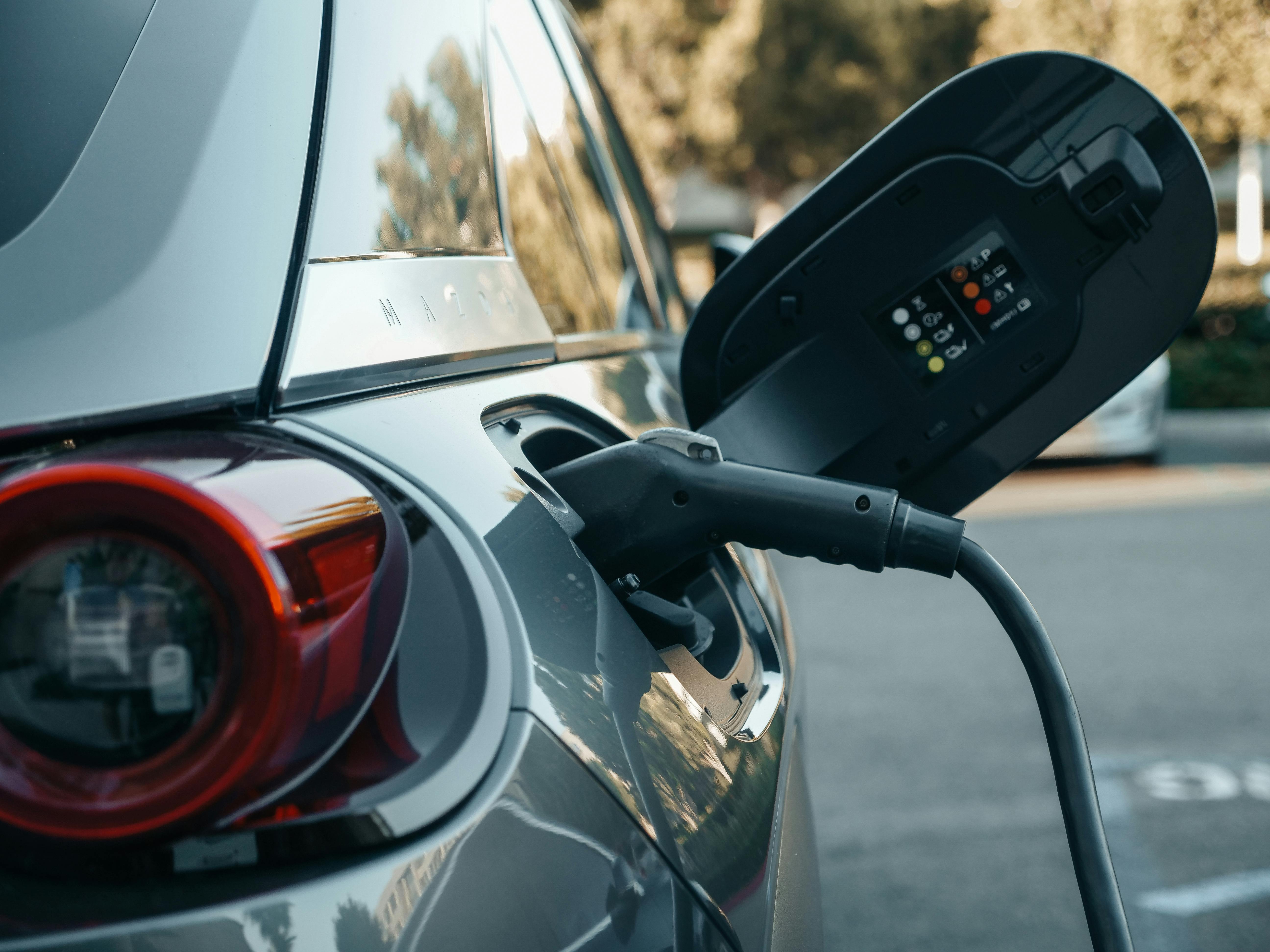
CALIFORNIA officially has the lowest COVID-19 case rate in the United States, according to the U.S. Centers for Disease Control and Prevention (CDC).
The latest data from the CDC posted Monday, September 20, showed that California’s seven-day case rate was 95.3 per 100,000 people. This is followed by Connecticut (126.5), Colorado (127.9), Maryland (141.5), and Vermont (146.3).
Currently, no other state aside from California has a case rate below 100.
On the other end of the spectrum, West Virginia has the highest seven-day case rate of 715.8 per 100,000 people.
With the newest figure, California’s level of community transmission dropped to “substantial,” while every other state remained “high.”
The CDC uses a four-tier system in measuring infection rates: high transmission (color-coded as red), substantial transmission (orange), moderate transmission (yellow), and low transmission (blue).
According to KTLA 5, California’s COVID-19 cases are occurring primarily among unvaccinated individuals.
“Between August 29 and Sept. 4, unvaccinated Californians ages 16 and older had an average daily case rate of 71.03 per 100,000, compared to 8.9 per 100,000 for vaccinated people in the same age group,” it reported.
The California Department of Health’s data showed that 77.5% of the state’s population has been vaccinated, with a total of 48,448,279 vaccines administered.
“We are not the most vaccinated state,” said Dr. Kirsten Bibbins-Domingo, chair of UCSF’s Department of Epidemiology and Biostatistics, told the San Francisco Chronicle. “But we are also a state that has not completely abandoned the other mitigation methods.”
Officials have started requiring masks in indoor settings again, as previously reported by the Asian Journal.
A new statewide rule also recently went into effect, which requires proof of vaccination or a negative COVID-19 test to attend indoor gatherings of 1,000 or more people.
As of this writing, California has confirmed a total of 4,422,085 COVID-19 cases and 67,612 deaths.







